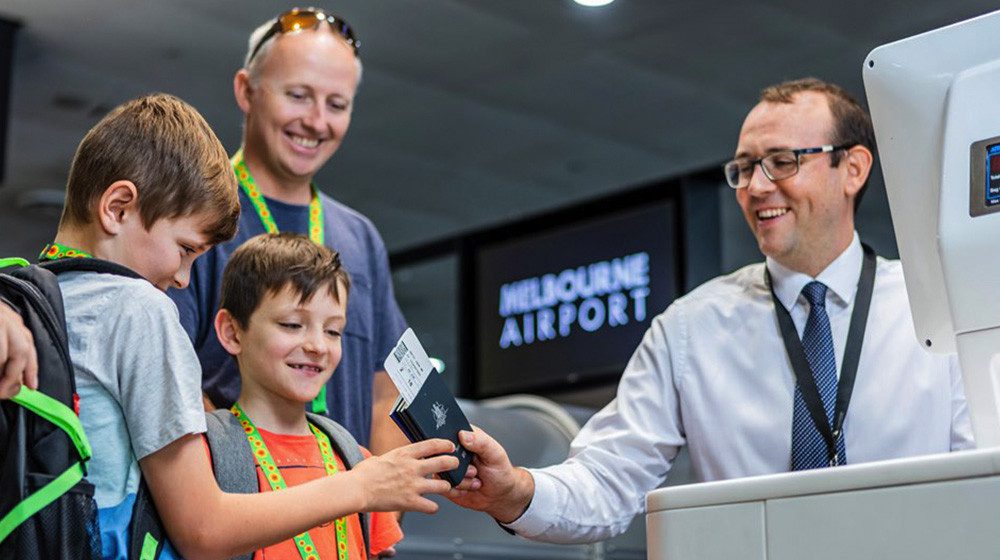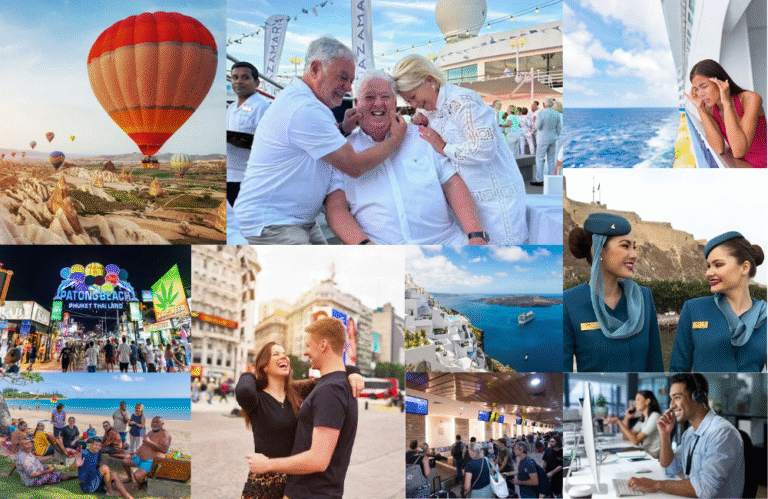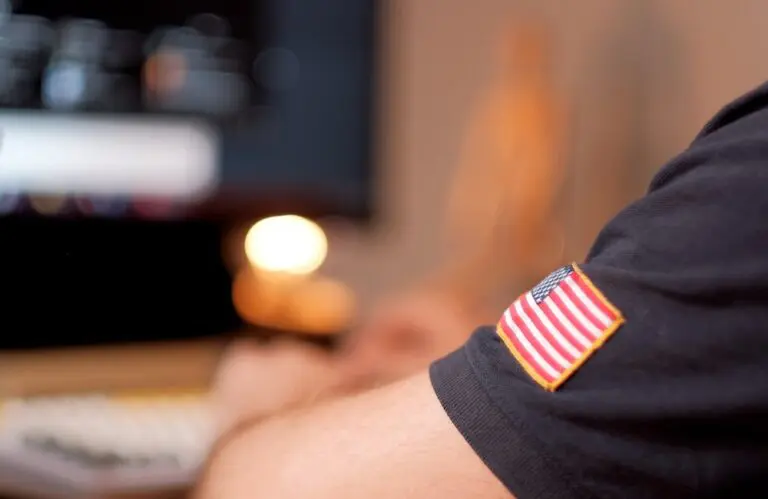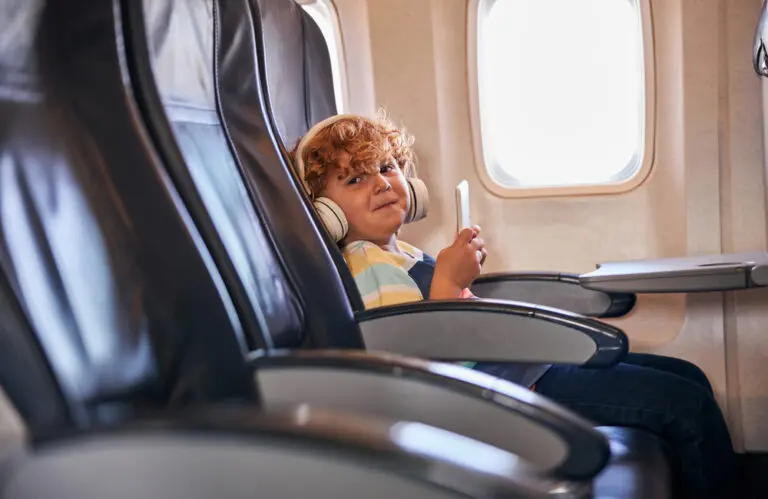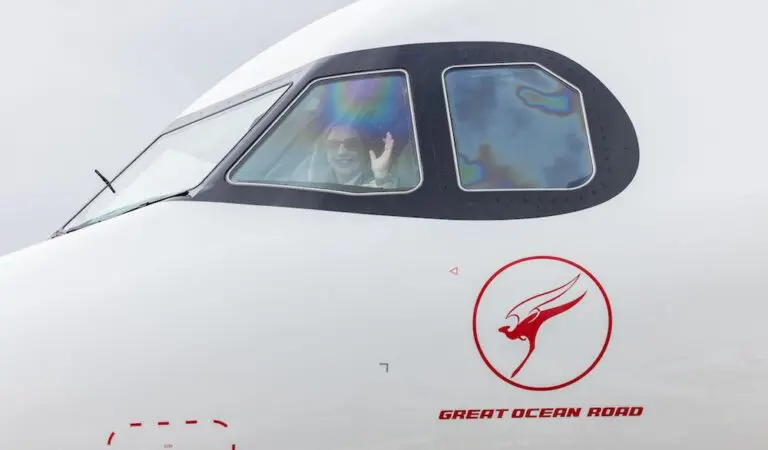Some disabilities aren’t obvious at first, second or any glance but they still require special attention. Melbourne Airport is ensuring all its guests are cared for, even when it seems like they may not need it.
Victoria’s gateways launched Australia’s first (for an airport) integrated Hidden Disabilities program that caters to travellers with discreet medical conditions.
It’ll take the “stress out of travel for those who need it most,” said Melbourne Airport’s Chief of Aviation, Andrew Gardiner, and it’ll offer an “additional level of support”.
Read on for more information:
HOW COMMON ARE HIDDEN DISABILITIES?

Image: Melbourne Airport/Facebook
More common than you realise.
According to Melbourne, 18.5 percent of Australians live with a disability, but only 4.4 percent use a wheelchair or mobility aid.
Hidden disabilities can range from psychiatric conditions to hearing loss. It also includes those living with anxiety disorders, autism, dyslexia and dementia.
HOW WILL THE NEW PROGRAM ASSIST?

Image: Melbourne Airport/Facebook
Gardiner said the airport worked with industry leaders and people living with Hidden Disabilities to create the program. It was then trialled by families to ensure it met their needs.
Among the features is a lanyard system that’ll discreetly notify staff in terminals 1 to 4 of the travellers’ needs. Lanyards can be ordered in advance via the gateway’s website.
Sensory maps have also been introduced across the gateway. They provide step-by-step guides on how to fly through the international terminal. Plus, they’ll notify users of busy areas and potential trigger points.
“We feel this program could make a real difference to passengers, especially those with young children, and could open up travel opportunities for those that found it too overwhelming in the past.”
Andrew Gardiner, Melbourne Airport Chief of Aviation
Click here to download Melbourne Airport’s sensory maps, social stories or to apply for a lanyard.

